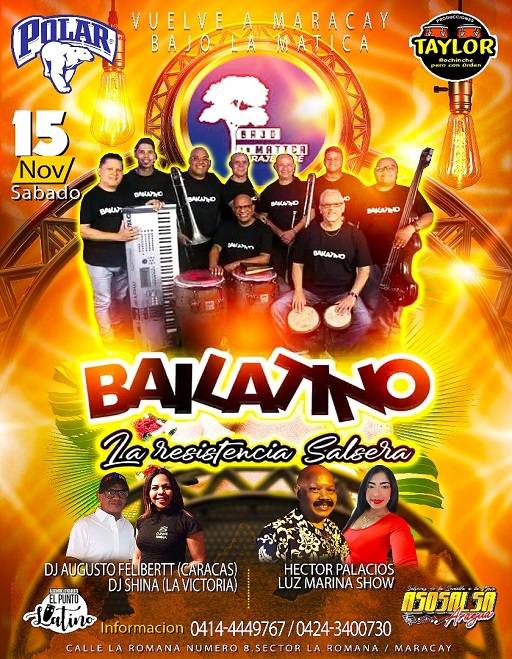Europe / England / London
All the sound and flavors (not only food) in one incredible place! Salsa is a South American bar/restaurant/nightclub. The food menu is a delicious selection of Latin infused dishes with something to suit everyone and our cocktail menu has a fantastic selection of classic and specialty cocktails. It is available for private hire everyday of the week and we can arrange food, drink and entertainment packages specific to your party needs including DJs, the best Salsa music, dancers and more!

Salsa Latin Bar London Address:
Salsa!, 96 Charing Cross Road, London, London, WC2H 0JG.
Opening Hours Salsa Cafe Mon-Sat 10.00-17.00pm.
Restaurant, Bar and Club Mon-Thu 17.00pm-02.00am Fri-Sat 17.00pm-03.00am Sunday 17.00pm-02.00am


































